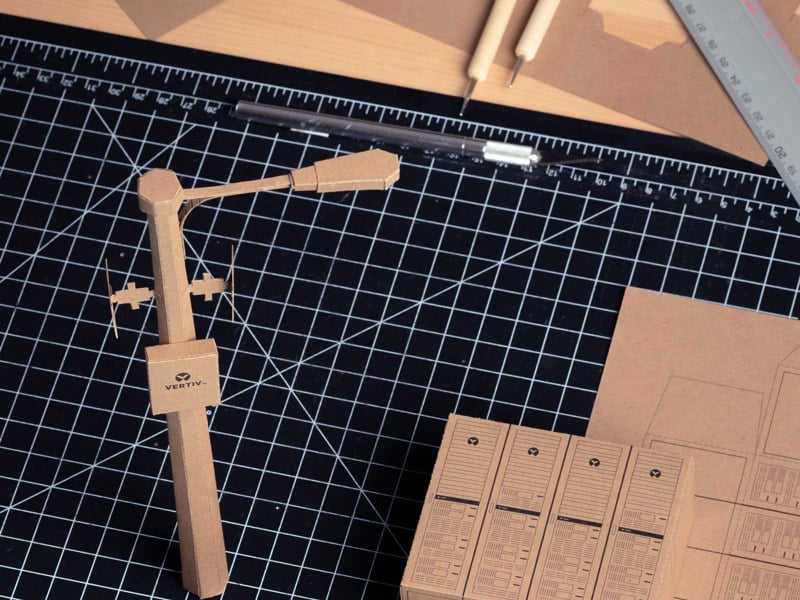Vertiv introduced the original edge archetypes just three years ago. It was the first time anyone had attempted to define and categorize the fastest growing corner of the data center ecosystem — the edge of the network. As such, it was something of a breakthrough, an ambitious first step toward standardization and a more reliable, efficient, cost-effective edge.
In the three years since, we’ve seen the widespread rollout of 5G technologies, which rely heavily on edge computing, and a global pandemic that fundamentally changed the way we live and work. Consumers embraced e-commerce, telehealth and online learning, paving the way for edge dependency and generating new 5G use cases.
The changes didn’t make the original edge archetypes any less important, but they did accelerate the pace of edge deployment and change the way we think about edge categorization. The use cases at the core of the original archetypes are evolving and new technologies are emerging to support a more sophisticated, mission-critical edge.
As the scale and lasting impact of the pandemic became clear last year, Vertiv understood as an organization that the edge we had defined two years earlier was evolving, and we set about not just updating the archetypes, but moving them forward to reflect this edge evolution. That work led to the introduction last month of a group of edge infrastructure models and research that redefined the post-pandemic edge.
Using the edge archetypes as a baseline and considering several key characteristics of various edge sites, we developed four practical edge infrastructure models to help organizations navigate and understand today’s edge deployments and solutions. These models — Device Edge, Micro Edge, Distributed Edge Data Center and Regional Edge Data Center — provide a roadmap for organizations planning new edge deployments.
These models advance the conversation from the broad categorizations of the archetypes to a more detailed and practical evaluation of edge use cases, industries, and external environments. They give organizations, and our channel partners who are so critical to the edge ecosystem, the information and tools they need to plan and build reliable, efficient, repeatable edge sites quickly and easily. No two sites will ever be exactly the same, but these models enable both customized equipment and design standardization, and that’s an incredible step forward at the edge.
The pace of change over the past three years, and its unexpected drivers, have been humbling, important reminders that no matter how many answers we find, new questions are waiting just around the corner. The edge will continue to evolve, and we must evolve with it.
I encourage everyone to read the full report and let us know what you think below. Which model best matches your edge deployments?






